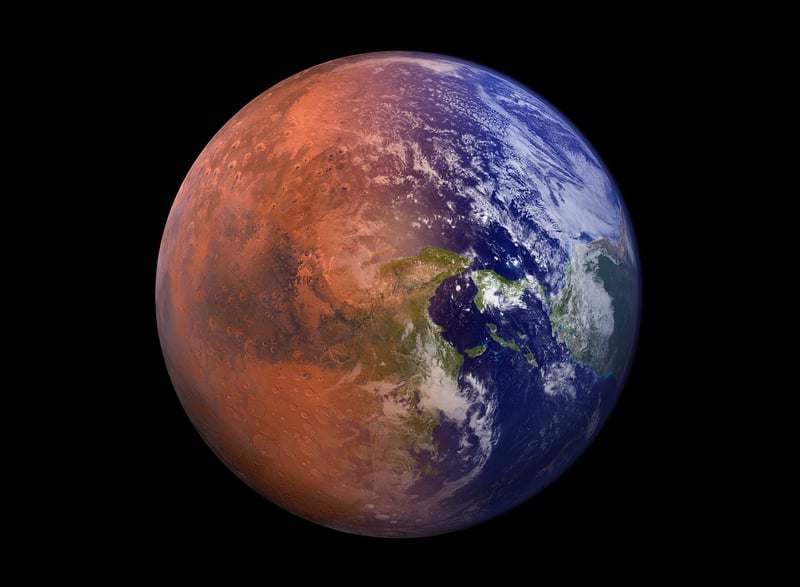Interstellar Travel
Exploring the Universe: A Guide to Interstellar Travel

Unveiling the Wonders of the Universe
Have you ever gazed up at the night sky and wondered about the vast mysteries that lie beyond our planet? The universe is a fascinating expanse filled with billions of stars, galaxies, and celestial wonders waiting to be explored.
Interstellar Travel: Journeying to the Stars
Interstellar travel, the concept of traveling between stars or planetary systems, has long captured the imagination of scientists, explorers, and science fiction enthusiasts alike. While currently limited to the realm of speculation and fiction, ongoing research and technological advancements are paving the way for potential interstellar journeys in the future.
The Challenges of Interstellar Travel
One of the primary challenges of interstellar travel is the vast distances involved. Even the closest star system to our solar system, Alpha Centauri, is over four light-years away. Overcoming the limitations of current propulsion systems to enable faster-than-light travel is a key area of focus for researchers.
Proposed Concepts for Interstellar Propulsion
- Warp Drive: Inspired by science fiction, warp drive is a theoretical concept that involves bending space-time to facilitate faster-than-light travel.
- Ion Propulsion: Ion thrusters use electromagnetic fields to accelerate ions and provide continuous low-thrust propulsion, ideal for long-duration space missions.
- Solar Sails: Solar sails harness the momentum of photons from a star to propel a spacecraft, offering a potentially sustainable propulsion method for interstellar missions.
Embarking on the Journey
While the dream of interstellar travel may still be in its infancy, continued research and innovation hold the promise of unlocking the mysteries of the cosmos and venturing beyond our solar system to explore distant worlds and new horizons.
Are you ready to join the ranks of interstellar explorers and set your sights on the stars?

Image Source: Pixabay
